On 22 November 2013, ESA's Swarm mission was launched, a trio of satellites that has been providing high-precision observation data of the Earth's magnetic field ever since. The GFZ German Research Centre for Geosciences played a leading role during the development of the mission. Today, within an international scientific consortium, Swarm DISC (Swarm Data, Innovation, and Science Cluster), the GFZ contributes to the regular provision of data products for geomagnetism and space weather obtained from the Swarm measurements.
The three identical satellites orbit the Earth in a special constellation: Swarm A and Swarm C fly as a pair of satellites at an altitude of 462 kilometres, Swarm B in a more distant orbit at an altitude of 510 kilometres. The final orbital constellation was reached in April 2014. Accordingly, the 10th anniversary of Swarm will be officially celebrated in April 2024 at a scientific conference in Copenhagen, Denmark.
The Swarm mission
In its polar orbit, each of the three satellites collects high-precision and high-resolution measurements of the strength and direction of the magnetic field. In combination, they provide the observational data needed for modelling the various sources of the Earth's magnetic field.
“The Swarm mission was originally only planned for at least four years, but even after 10 years it is still providing high-quality data, particularly on the strength and direction of the Earth's magnetic field. These data have contributed and continue to contribute to significant knowledge about physical processes both inside and outside the Earth,” says Monika Korte, Head (acting) of GFZ-Section 2.3 “Geomagnetism”.
On the one hand, the data is an important basis for precisely mapping the slowly changing main field and for researching the underlying movements in the Earth's liquid outer core, which generates the Earth's magnetic field like a dynamo. On the other hand, they are indispensable for understanding the various electric current systems in the Earth's environment and the state of the ionosphere, which is important for characterising space weather conditions. The currents of fast charged particles in space, which are caused by solar activity, pose a danger to satellites and spacecraft, among other things, but can also disrupt electronic systems on Earth. The Earth's magnetic field has an important shielding function here.
Swarm and auroras
The data from the Swarm mission also plays an important role in understanding auroras, which are increasingly being observed in our latitudes this year. Auroras occur when charged particles from the solar wind enter the atmosphere guided by Earth's magnetic field. There, the particles excite molecules such as oxygen or nitrogen to glow in different colours. There are already data products that determine the boundaries of the auroral oval, i.e. the zone around the polar region in which auroras occur, based on point measurements on the respective satellite orbits. These can be used to calculate models for the entire auroral oval – but so far only for the past. “We hope that in the next few years we will also be able to generate a prediction of the auroral oval from Swarm data,” says Korte.
Tradition and future of magnetic field observation from space
Swarm continues the important observation of the Earth's magnetic field from space, which was largely carried out by CHAMP from 2000 to 2010. This satellite of the GFZ and the German Aerospace Centre DLR was simultaneously designed for high-precision measurements of the Earth's gravitational field. The three Swarm satellites are focussed on the magnetic field and, compared to CHAMP, not only provide more spatially distributed data, but soon also longer time series.
The user community hopes that the Swarm mission will remain in operation until at least 2030 in order to obtain information from the data series, particularly over the period of a complete sunspot cycle. Such a cycle of solar activity lasts – from one activity minimum to the next – on average around 11 years. During this time, the number of sunspots increases and decreases again. Driven by magnetic fields, the sunspots eject large quantities of charged particles into space, hence the term solar activity. As a moving charge, these particles carry a magnetic field with them and therefore also influence the magnetic field in near-Earth space. Because the polarity of the sunspots changes after 11 years, a complete cycle lasts around 22 years. The last activity minimum was at the turn of the year 2019/20.
Currently, the GFZ is part of an international consortium working on making many of the data products that were previously generated with a delay of around four to six days available almost in real time. “This was not the case with any of the previous near-Earth magnetic field missions and is only possible due to the extremely high data quality and stability of the mission. These new data products will therefore play an even more important role than before in the characterisation of space weather, even though the Swarm mission was not originally designed for this purpose,” says Guram Kervalishvili, scientist in Section 2.3 “Geomagnetism”, and the GFZ project manager for the ESA Swarm mission and space weather activities.
Comprehensive information on the data products of the Swarm mission can be found at:
https://swarmhandbook.earth.esa.int
Further information on space weather and the corresponding GFZ services can be found here:
Further Pictures of Swarm can be downloaded here (please regard the ESA copyright):
https://www.esa.int/ESA_Multimedia/Images/2013/10/Swarm_constellation


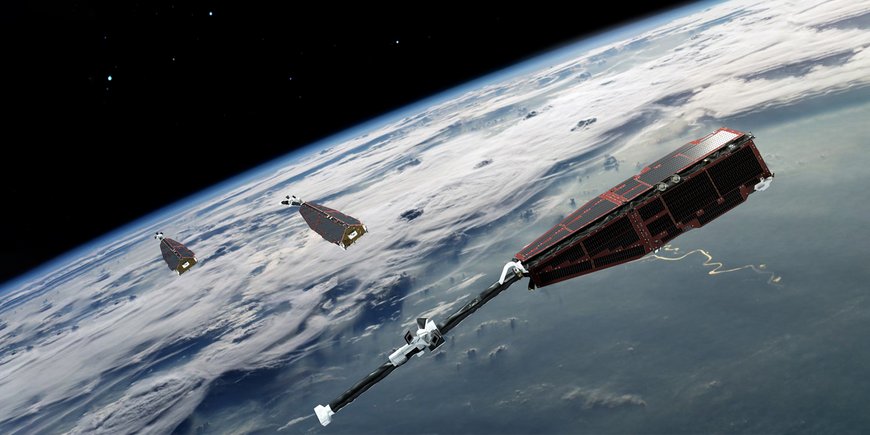
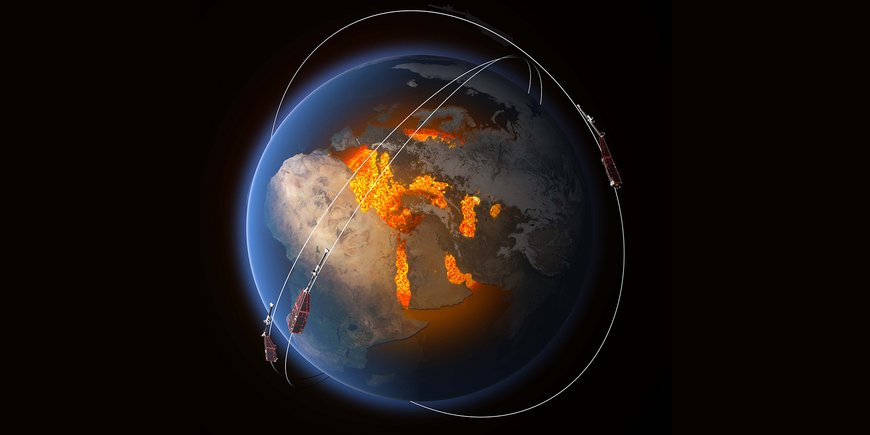







![[Translate to English:] Group photo with 7 people in front of a new metal plant in a large laboratory hall.](/fileadmin/_processed_/0/4/csm_20240628-GFZ_Einweihung_Triax-Anlage-PRESSE_Abb1_040_c-Bahlo-GFZ_187906cb48.jpeg)




![[Translate to English:] Heidi Kreibich, woman with short brown hair and blue eyes. She is wearing a grey cardigan and a red polo shirt](/fileadmin/_processed_/6/6/csm_kreibich-Heidi_1_Querformat_he-2021_2dedd3ef33.jpeg)




![[Translate to English:] [Translate to English:] Totes Meer gesehen von einem Hügel am Ufer](/fileadmin/_processed_/0/f/csm_20240612-web_AdobeStock_151245578_cb8e2706f3.jpeg)



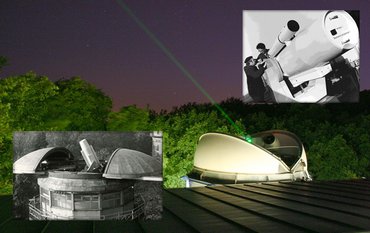
![[Translate to English:] Gruppenfoto im Hörsaal](/fileadmin/_processed_/8/a/csm_240528-GfZ-ERC-Grantees-Gruppe_31be9704f5.jpeg)
![[Translate to English:] Susanne Buiter in front of a blue wall with GFZ logo](/fileadmin/_processed_/d/7/csm_20220721-GFZ-Portrait-Buiter-1-he-web_-c-Reinhardt_Sommer_2a6e3b8ae1.jpeg)
![[Translate to English:] [Translate to English:] Drohne](/fileadmin/_processed_/b/a/csm_20240515_155801_d696ee4200.jpeg)

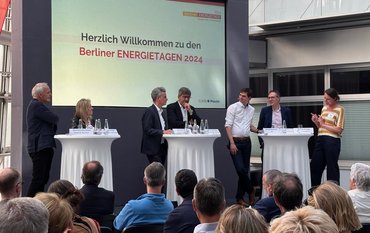
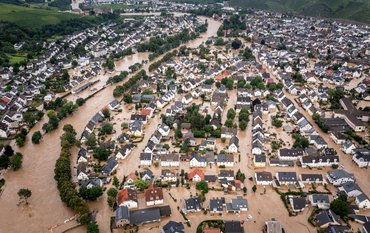
![[Translate to English:] ein riesiges Erdloch in einer kargen Landschaft im Iran mit Bergen im Hintergrund](/fileadmin/_processed_/f/1/csm_DSC_7917_kleiner_f14e27f7ad.jpeg)
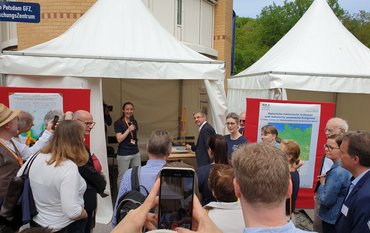
![[Translate to English:] Lecture room at GFZ with participants](/fileadmin/_processed_/a/9/csm_P1140796__002__c03fcad8bd.jpeg)

